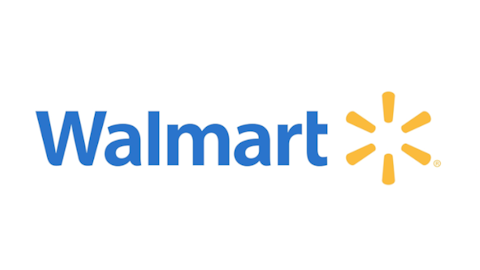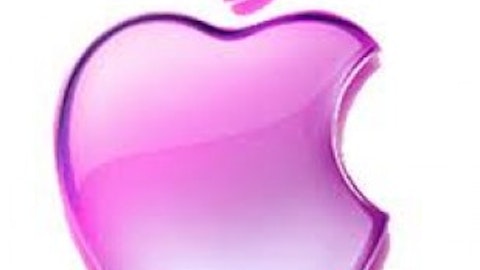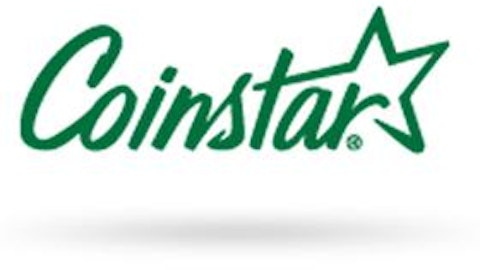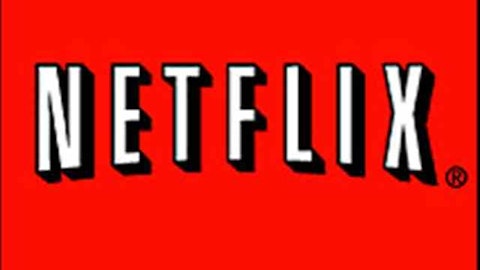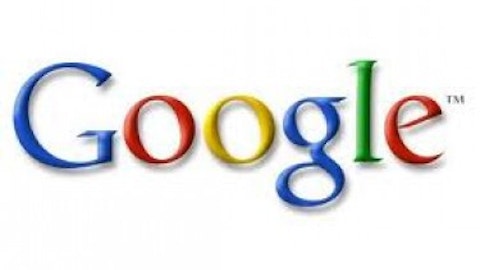Amazon.com, Inc. (NASDAQ:AMZN)’s relationship with Netflix, Inc. (NASDAQ:NFLX) reminds me of the relationship Apple once had with Samsung. Back when Samsung happily made chips for iPhones and iPads, before Apple filed for patent infringement, they had what economic game theorists might call “co-opetition.” I prefer to call them frenemies! Whatever you call them, these types of relationships typically don’t last forever. Is 2013 the year Amazon loses its best frienemies?
Netflix: a case study
Netflix is one of Amazon’s largest cloud-computing customers. A little more than three years ago, Netflix decided to use Amazon’s Web Services (AWS) to store the huge amounts of data it streams to households every day. Netflix saw it as an opportunity to free its engineers from the “heavy lifting” of storage solutions, networking infrastructure, and hardware failover, and allow the video site to focus on product innovation and customer experience.
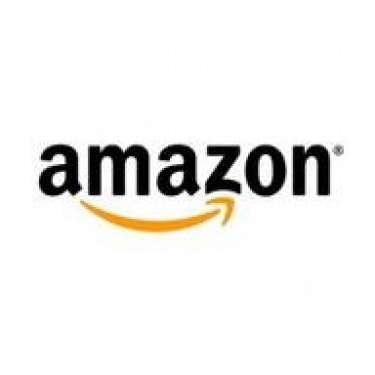
This wasn’t the first time Netflix had issues with Amazon. An outage in October brought similar messages to viewers’ screens, and affected sites like Reddit and Airbnb. An East Coast storm last summer brought servers tumbling down and created outages for Netflix, Pinterest, and Instagram. About a year earlier, Amazon endured the biggest outage in AWS’s history caused by error made during a network upgrade, but Netflix’s adoption of multiple availability zones and redundant storage allowed its site to remain active during the outage. All of these outages have thrust AWS into the limelight as a scapegoat for when people’s favorite websites go down.
After the outage in April of 2011, a question was posted on Quora, a popular question-and-answer site that was affected by the AWS downtime, “Amazon Web Services: How will the April 2011 AWS outage impact the future of the cloud?” Neil Hunt, Chief Product Officer at Netflix, replied with a long explanation that I’ve summed up for the reader thusly: “It won’t.” Perhaps I’m selling Hunt’s answer short. He explained that outages are to be expected, and companies that intend to use AWS, or any cloud computing company, must plan for them.
Still, in 2013 the alternatives to AWS are much better than they were just 20 months ago. With the growing rivalry between Netflix and Amazon’s Prime service, is Netflix about to jump ship and commissions a new captain?
Non-competitive advantage
Rackspace Hosting, Inc. (NYSE:RAX) is leading the charge against AWS as a pioneer in the new platform OpenStack. OpenStack is an open-source cloud management platform available to any company looking to provide cloud-computing services, or that wants to create its own private cloud. Rackspace’s CEO Lanham Napier is targeting AWS clients that compete directly with Amazon Retail such as Best Buy.
The open-source aspect of Rackspace’s service may appeal to customers who fear becoming locked-in to Amazon’s hardware capabilities. By providing the platform to multiple service providers, enterprises like Netflix would be able to shift workloads more easily among OpenStack based options.
However, releasing OpenStack as open source, and creating an entire network of multiple companies using the same platform, may ultimately hurt Rackspace’s profitability. There’s nothing preventing another company from utilizing OpenStack better than Rackspace can. Unlike Google, Rackspace doesn’t make any money giving things away free.
But if the future of enterprise cloud-computing is using multiple services, Equinix Inc (NASDAQ:EQIX) is well-positioned to capitalize. The company, through its partnership with RightScale, offers services that allow small companies just getting started to allocate their workload to the most cost-effective providers, as well as creating a redundant network across multiple providers for large enterprises. With a background in interconnecting business networks, Equinix has optimized network connections with both the customers and the service providers. That makes them the natural choice for a multi-cloud hub.
Is it worth it?
The question is how much better are these options than what Amazon offers? For my part, I don’t think they offer any huge advantage or impetus to switch from Amazon. Equinix is probably the best solution, but the costs of using multi-cloud redundancy to reduce outages can become very expensive very quickly for companies with huge amounts of data like Netflix. It’s not necessarily the most effective use of cash to improve a system that already operates perfectly 99.9% of the time.
Furthermore, as Neil Hunt pointed out in 2011 on Quora, it’s on enterprises to engineer fail-safes and take precautions to prevent outages from affecting them, which is still a possibility even with multi-cloud redundancy. Netflix has a group of engineers that work on projects such as “Chaos Monkey” and “Chaos Gorilla” that try to break AWS to expose the potential failures of its system and fix them before they’re ever a problem. Big enterprises with lots of data will likely find the option of hiring a few hackers to engineer these types of services more economical than duplicating massive amounts of data across multiple cloud providers.
Certainly, smaller companies might be attracted to the security and safety of an OpenStack hybrid. Yet, Amazon still has a pricing advantage over the competition, so small startups strapped for cash will likely forego the added security benefits. Companies like Netflix Best Buy probably aren’t going to leave any time soon for cost reasons as well. I expect Amazon’s frenmity (friendliness/enmity) toward those companies to continue for now.
The article Amazon’s Frienemies and Their Options originally appeared on Fool.com and is written by Adam Levy.
Copyright © 1995 – 2013 The Motley Fool, LLC. All rights reserved. The Motley Fool has a disclosure policy.
